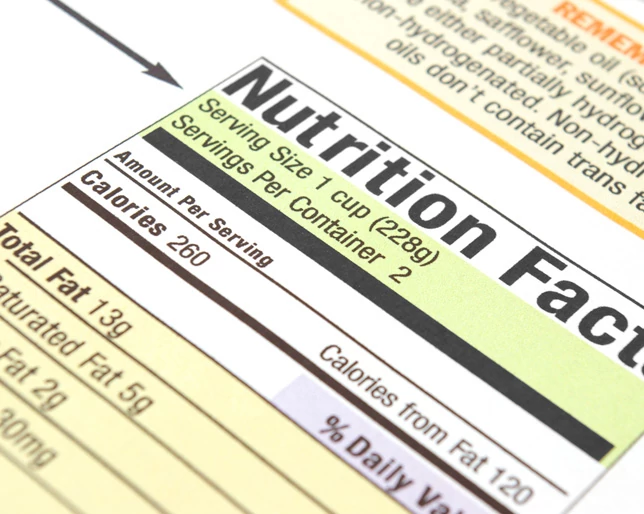It is the common assumption that fats make you fat. However this is not the case at all. Fats have to be present in the diet in order for the body to function properly. Rather it is the consumption of calories
that makes you fat. If you eat more than the body burns off then you will gain weight. Just as if you eat fewer calories than needed your body will lose weight.
Fats
Fats are a necessary part of the diet as they digest fat soluble vitamins. These are vitamins A, D, E and K and the body needs all of them. Whenever glycogen stores are depleted fat can be used as a source of energy, preventing the breakdown of muscle. The amount of fat you should consume should make
up between 15% and 30% of the calories you consume in a day. This isn’t a lot as 1g of far equals 9 calories. Compare this to protein and carbs where 1g of protein equals 4 calories and the same for carbs.
There are however types of fats that should be avoided. Two fats that should be avoided are saturated fats and trans fats. These are bade for your health by raising the levels of blood cholesterol. You should
be looking to get your fat intake from polyunsaturated and monounsaturated. These healthier types can decrease your blood cholesterol levels reducing your risk of heart disease.
So what is it that makes me fat Despite all the fad diets out there telling you to cut out fats and carbs and other ideas, the truth is that you should be counting calories. When you consume more calories than your body uses you will put on weight. By consuming fewer calories than that needed by your body you will lose weight.
How many calories should I eat?
Your required calorie intake can be calculated by looking at your Basal Metabolic Rate (BMR). This will be based on your body weight and size. Your BMR is a calculation of the calories your body needs to
function such as keeping your heart beating and lungs breathing. You can calculate your BMR by using the Harris- Benedict equation.
Harris-Benedict equation for BMR
Men (13.75 x w) + (5 x h) – (6.76 x a) + 66 = BMR
Women (9.56 x w) + (1.85 x h) – (4.68 x a) + 655 = BMR
W=weight in kg
H= height in cm
A=age
This is the minimum amount of calories your body needs in order to function normally. Your level of activity or inactivity must be taken into consideration.
You must multiply your BMR by the activity factor. This is essentially a rating of your activity level.
- Exercise 1-2 times per week BMR x 1.2
- Exercise 2-4 times per week BMR x 1.4
- Exercise 4-6 times per week BMR x 1.6
This then is now a figure based on your personal body type of the calories you need to consume. Therefore if you eat fewer calories than this figure you will lose weight. On the hand if you are wanting to gain weight then you will need to eat more calories than you calculated.
To get a nutrition plan tailored to your exact calorie needs based on your body type try the Muscle Maximizer. It does all your nutrition work for you so you can focus on the hard work in the gym.

